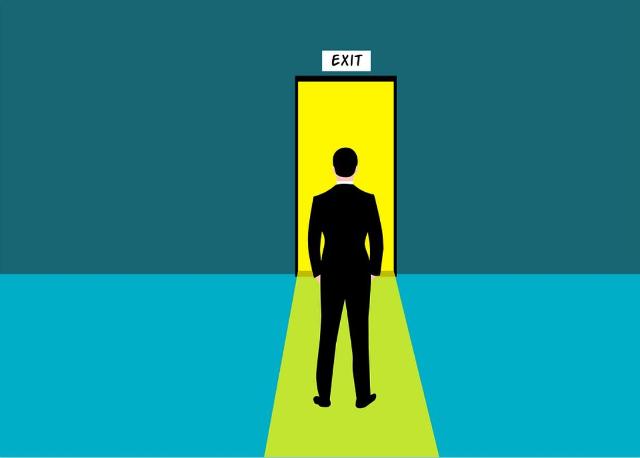 This edition of The Policy Shop is brought to you by senior research analyst Bryce Hill.
This edition of The Policy Shop is brought to you by senior research analyst Bryce Hill.
The “Great Resignation” hits Illinois
Get The Latest News!
Don't miss our top stories and need-to-know news everyday in your inbox.
Illinois is just one of eight states that has more unemployed people than job openings. In August, a record 201,000 Illinoisans left their jobs – 3.5% of the state’s employees. While it is clear Illinois’ sluggish labor market is being driven by a substantial surge in employees quitting their jobs, what is less clear are the reasons why.
The big picture: According to The Washington Post:
“Some 4.3 million people quit jobs in August — about 2.9 percent of the workforce, according to new data released Tuesday, [Oct. 12] from the Labor Department. Those numbers are up from the previous record, set in April, of about 4 million people quitting, reflecting how the pandemic has continued to jolt workers’ mindset about their jobs and their lives.”
Bringing it home: Illinois was seventh in the nation for resignations in August. For Illinois, where available job openings are relatively scarce, it is unusual to see such a substantial spike in individuals leaving their jobs. The phenomenon at the national level has been deemed “the Great Resignation,” because many Americans are seeking more competitive job offers during a rare time in which employees have increased bargaining power compared to their employers. Workers seeking more convenient hours and better compensation are using the surge in job openings to their advantage.
Despite adding new jobs, Illinois’ recovery continues to lag behind the rest of the country as the national unemployment rate is now a full two percentage points lower than in Illinois. Illinois faces the sixth-highest unemployment rate in the nation and the highest in the Midwest.
Quitting’s impact on Illinois’ economy. Despite hiring activity on par with most other states, Illinois’ increase in the number of individuals quitting their jobs now threatens to set back the state’s recovery.
New Job Openings and Labor Turnover Survey data reveals more Illinoisans are now losing or quitting their jobs than are finding them. For every Illinoisan hired during the month of August, 1.15 Illinoisans were separated from their jobs – one of the highest rates in the nation.
Is moving the new move? With more unemployed in Illinois than job vacancies, workers who quit their jobs are more likely to find better job offers in other states and could pick up and move. Work-related reasons are already the top reasons Illinoisans move out of the state, and domestic migration is now driving population decline.
Only two other states in the nation – Mississippi and West Virginia – saw population decline according to the official 2020 Census count. Perhaps even more concerning for Illinois’ population in the long-term is that even the parts of the state that are growing the most (like Chicago) are growing far slower than the national average and comparable areas.
Many mid-sized cities are a draw for those in Illinois because they offer lower costs of living, more space, and similar amenities to places like Chicago that were hurt during the pandemic. In the Midwest, many of these mid-sized cities are often tech hubs centered around a university. Those factors, combined with the potential of remote work, don’t bode well for growth in America’s largest cities.
What gives? There is no clear-cut explanation or solution for resolving unemployment issues and meeting the demand for workers. As The Washington Post put it, “the scale of these new changes — and the larger economic transitions they signal — has added an element of unpredictability.”
In Illinois, the pace of workers leaving jobs at a faster rate than the hiring activity isn’t being driven by a lack of job opportunities. Illinois’ hiring rate of 4.1% is only slightly lower than the national average of 4.3% and sits squarely in the middle of Midwestern state averages.
Only time will tell how public health, opportunities, and response from employers impacts the future of the workforce in Illinois. With more unemployed Illinoisans than jobs available, it is unclear whether workers will find improved job opportunities or simply fall even further behind peers in other states.
More like this:
